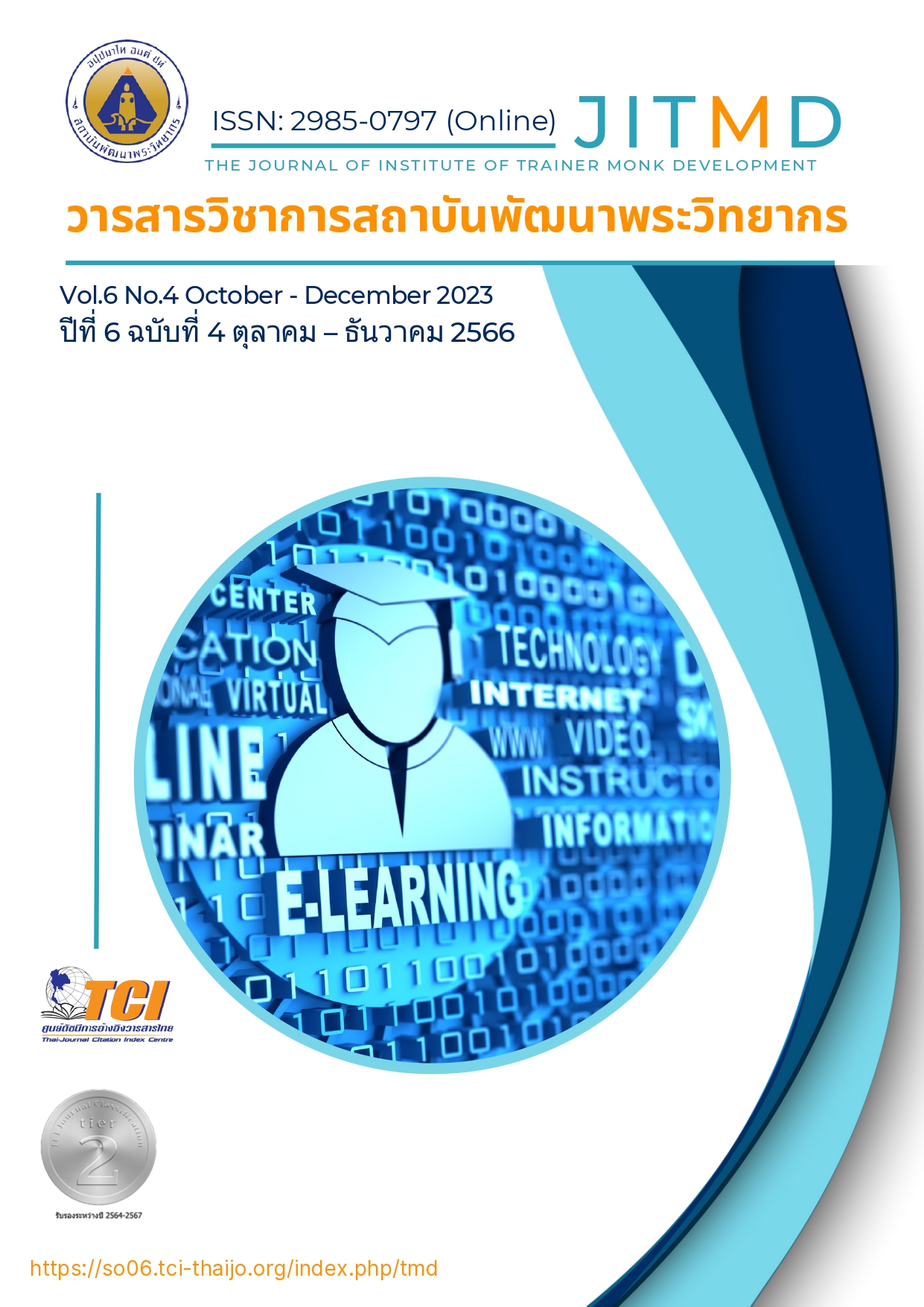รูปแบบงานหัตถกรรมพื้นบ้านจากเศษวัสดุเหลือใช้ทางการเกษตร
Main Article Content
บทคัดย่อ
บทความวิจัยนี้มีวัตถุประสงค์ เพื่อศึกษาการจัดการเศษวัสดุทางการเกษตรภายในชุมชน ค้นหาแนวทางในการส่งเสริมเพิ่มคุณค่าของเศษวัสดุเหลือใช้ทางการเกษตร ผ่านภูมิปัญญาท้องถิ่น และเพื่อออกแบบสร้างสรรค์ผลงานหัตถกรรมที่แสดงถึงงานหัตถกรรมร่วมสมัย โดยมีการนำเอาเศษวัสดุทางการเกษตรมาใช้ในการออกแบบผลิตภัณฑ์หัตถกรรม โดยใช้วิธีวิจัยเชิงทดลองจากการค้นหาคุณสมบัติเฉพาะจากเศษวัสดุเหลือใช้ทางการเกษตร โดยการเลือกจากเศษวัสดุในพื้นที่แต่ละชนิด ที่เกิดขึ้นหลังจากการทำเกษตรกรรมในพื้นที่ กรณีศึกษาชุมชนปรางค์นคร เพื่อให้ได้ข้อมูลที่จำเป็นนำไปสู่ผลงานออกแบบผลิตภัณฑ์ ผลการศึกษาพบว่า 1) ผลจากการศึกษาวิจัยต้นแบบงานหัตถกรรมพื้นบ้านจากเศษวัสดุเหลือใช้ทางการเกษตร เป็นแนวทางทางในการนำไปใช้ในหัตถกรรมชุมชน 2) ค้นพบคุณสมบัติพิเศษเฉพาะของเศษวัสดุเหลือใช้ทางการเกษตรใบมันสำปะหลัง เมื่อนำไปผสมกับดินเหนียวพื้นบ้านแล้วเกิดเป็นสัจจะวัสดุใหม่ และ 3) ผลงานสามารถนำไปใช้งานได้จริงสามารถต่อยอดเพิ่มคุณค่าและลดต้นทุนการผลิตงานหัตถกรรมเครื่องปั้นดินเผาเดิม จากเผาในอุณหภูมิ 1,100 เหลือเพียง 900 ซึ่งได้คุณสมบัติเช่นเดียวกัน ช่วยลดระยะเวลาการผลิตงานหัตถกรรมให้สั้นลงและลดต้นทุนดิน เมื่อนำใบมันสำปะหลังไปผสม ผลงานออกแบบตามคุณสมบัติเฉพาะนำไปใช้กับสถานที่จริง ซึ่งสามารถช่วยแก้ไขปัญหาพื้นที่อยู่อาศัยออกแบบเป็นแผ่นพื้นปูพื้นที่มีคุณสมบัติดูดซับน้ำช่วยกันลื่น หรือจะใช้เป็นพื้นลายประดับตกแต่งสวน สามารถติดตั้งได้ทั้งแบบชั่วคราวและถาวรวัตถุ ผลงานวิจัยจัดอยู่ในกลุ่มวัสดุทดแทน เหมาะสำหรับใช้งานสำหรับพื้นผิวกันลื่น สามารถใช้ในพื้นสวนหรือห้องน้ำสำหรับผู้สูงอายุได้
Article Details

อนุญาตภายใต้เงื่อนไข Creative Commons Attribution-NonCommercial-NoDerivatives 4.0 International License.
บทความที่ได้รับการตีพิมพ์เป็นลิขสิทธิ์ของวารสารวิชาการสถาบันพัฒนาพระวิทยากร
ข้อความที่ปรากฎอยู่ในบทความที่ได้รับการตีพิมพ์ในวารสาร ถือเป็นความรับผิดชอบของผู้เขียนบทความ และข้อคิดเห็นนั้นไม่ถือว่าเป็นทัศนะและความรับผิดชอบของกองบรรณาธิการวารสารวิชาการสถาบันพัฒนาพระวิทยากร
เอกสารอ้างอิง
อบต.บ้านปรางค์. (2560). ประวัติความเป็นมาชุมชนบ้านปรางค์. สืบค้นข้อมูลเมื่อวันที่ 20 มีนาคม 2565 จาก https://banprang.go.th/.
ศูนย์วิจัยกสิกรไทย. (2552). แนวคิดทฤษฎีในการส่งเสริมการใช้เศษวัสดุทางการเกษตร. สืบค้นเมื่อวันที่ 20 กุมภาพันธ์ 2556. จาก https://www.kasikornresearch.com/th/analysis/k-social-media/Pages/20190606_00.aspx
ประมุข บุญศิลป์ และศาสตรา เหล่าอรรคะ. (2563). สถาปัตยกรรมบ้านดิน: ประยุกต์ภูมิปัญญาการสร้างเพื่อใช้อยู่อาศัยในภาคอีสาน. วารสารวิจัยชุมชน มหาวิทยาลัยราชภัฏนครราชสีมา, 14(4): 129-143.
ศุภชัย สิงห์ยะบุศย์. (2544). การจัดการเครื่องปั้นดินเผาด่านเกวียน จังหวัดนครราชสีมา. พิมพ์ครั้งที่2. มหาสารคาม: คณะมนุษย์ศาสตร์และสังคมศาสตร์ มหาวิทยาลัยมหาสารคาม.
อดิศร จรัลวรกูลวงศ์ และผกามาศ ชูสิทธิ์. (2561). การใช้ประโยชน์จากกระเบื้องเหลือทิ้งสำหรับผลิตภัณฑ์อิฐบล็อกประสานน้ำหนักเบาเพื่อส่งเสริมวิสาหกิจชุมชน. รายงานวิจัย. คณะครุศาสตร์อุตสาหกรรม มหาวิทยาลัยเทคโนโลยีราชมงคลพระนคร.


